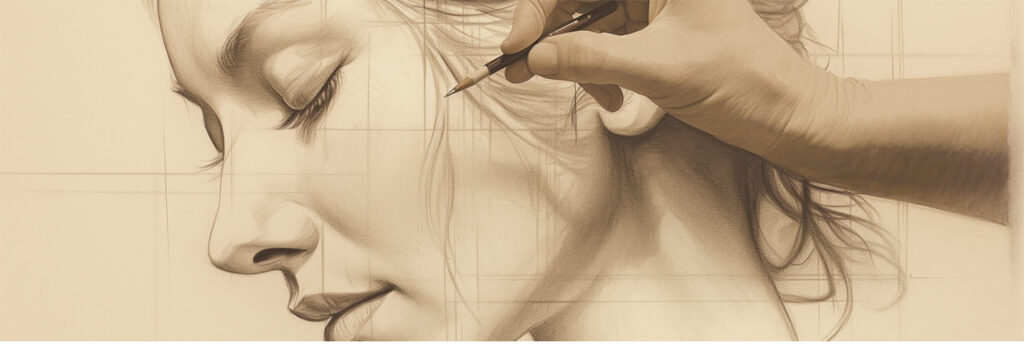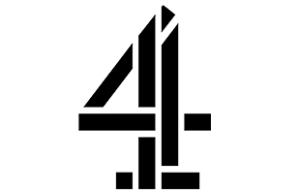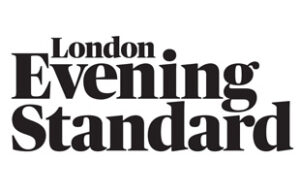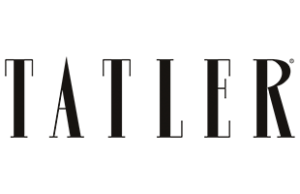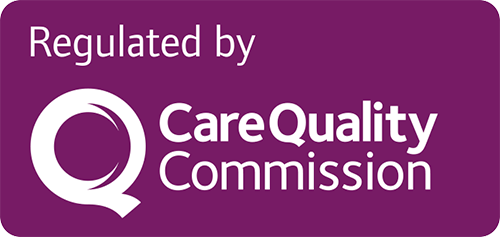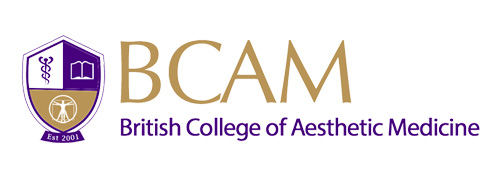In the world of facial medical aesthetic treatments, the word ‘lifting’ to describe achievable results is used a lot…an awful lot.
Sure, in cosmetic surgery, the practice of rhytidectomy or surgical face lifting is well established, the word itself meaning wrinkle (rhytid) excision (-ectomy). The first surgical facelift was practised at the turn of the twentieth century in Berlin, Germany, involving the excision of an elliptical piece of skin from around the ears to ‘lift’ the cheeks and corners of the mouth for a wealthy Polish aristocrat.
By contrast, the concept of ‘lifting’ is a misnomer in non-surgical medical aesthetic nomenclature; it simply does not exist, explains Dr Sach Mohan, our lead doctor at Revere Clinics.
Even procedures which claim to straddle the surgical/non-surgical divide, like thread lifts, are not lifting at all. The threads, usually made from Poly-L-Lactic acid (PLLA) or polydioxanone (PDO), cut through the tissue within the dermis and bunch it up, so it is misleading to suggest that they somehow lift the skin.
Lifting requires repositioning tissue – demonstrated by surgical facelift techniques – and we cannot do that non-surgically.
However, this does not stop the many marketing campaigns emanating from other medical practitioners, cosmetic clinics, beauty salons, and companies within the aesthetic sector that manufacture injectable medical devices and energy-based machines which claim to ‘lift your face’ when, at best, they give you a ‘lifted appearance’.
So, what is really going on in the world of lifting?
The magic of lifting
Sometimes, what appears to be magic is just smoke and mirrors. Altogether, this is an accurate assumption in real life when proponents of a particular procedure want you to believe the results and the claims that go with it.
To that end, many claims of ‘lifting’ rely on a subjective ‘feeling’ of lift in the tissue or a visible ‘lifting effect’, the smoke and mirrors. The most common lifting magic is caused by tightening, making it feel like a non-surgical version of a facelift.
Tightening can be achieved and caused by using several different modalities focused on one of two methods for tissue tightening – contraction or retraction.
What is contraction?
Contraction of tissue involves the lateral movement of the tissue in the dermal skin layers to achieve a tightened feeling, moving laterally or coming together from the sides across the surface. This skin tightening method is experienced with energy-based treatments like ablative and fractional laser skin resurfacing with erbium lasers.
At Revere Clinics, we offer several options for skin resurfacing including the Cool Laser for erbium skin resurfacing to address many different anti-ageing concerns and scarring by stimulating the production of new collagen and elastin to repair and rejuvenate, skin will certainly feel tighter after treatment, but we would not suggest that it is lifting the face.
What is retraction?
Retraction involves the inward movement of the dermal skin layers as they retract deeper into the tissue and create a tightened feeling. This can be achieved using radiofrequency energy that generates safe levels of heating within the dermis to cause a controlled injury or coagulation that stimulates new collagen and elastin production with further tissue tightening from scar tissue formation and healing.
Using the Morpheus 8 radiofrequency microneedling device, we can tighten and retract loose skin on the face and body caused by weight loss, ageing, and other lifestyle changes; still not lifting the face.
Secondary or pseudo-retraction creates the feeling of tightening but is not strictly by retraction, but a combination of contraction and retraction. This result is seen with High-Intensity Focused Ultrasound or HIFU treatments where the impact is generally much deeper. The fascia is scarred and causes a deep contraction rather than a cascade of retraction reflected in the dermal layer.
What is projection?
Other facial aesthetic treatments also claim to lift the face, including facial volumising with dermal filler injections. Again, this is an effect and not genuine lifting. Adding volume to the tissue with hyaluronic acid gels will achieve projection as the skin is pushed outwards to accommodate the additional product. This can also instigate the feeling of skin tightening, and make the skin appear lifted by pushing out certain facial features which raise them (i.e., the cheeks), but it is not genuine lifting.
As a medical doctor practising non-surgical medical aesthetics, it is paramount to Dr Mohan that we do not make false promises or false claims at Revere Clinics. We are honest about what we can achieve with the treatments we offer and will not deliberately exaggerate or bamboozle you with misleading marketing.
For transparent treatment information and a recommendation on the best cosmetic treatment for you and your skin – which probably does not need lifting – why not start by booking a consultation today with Dr Sach Mohan?

